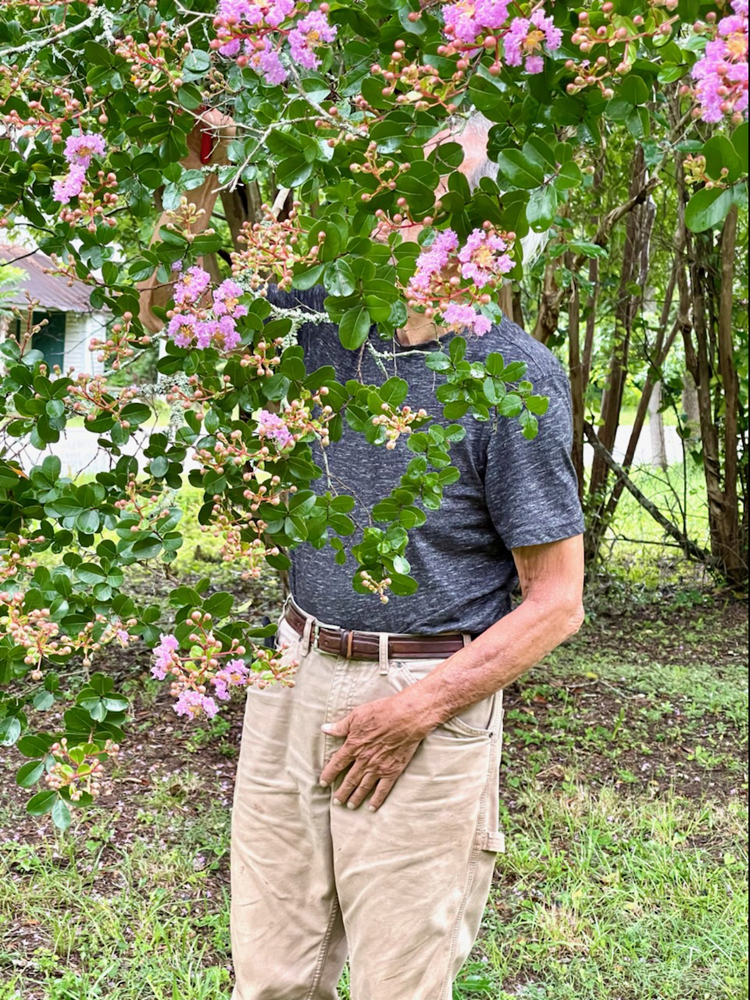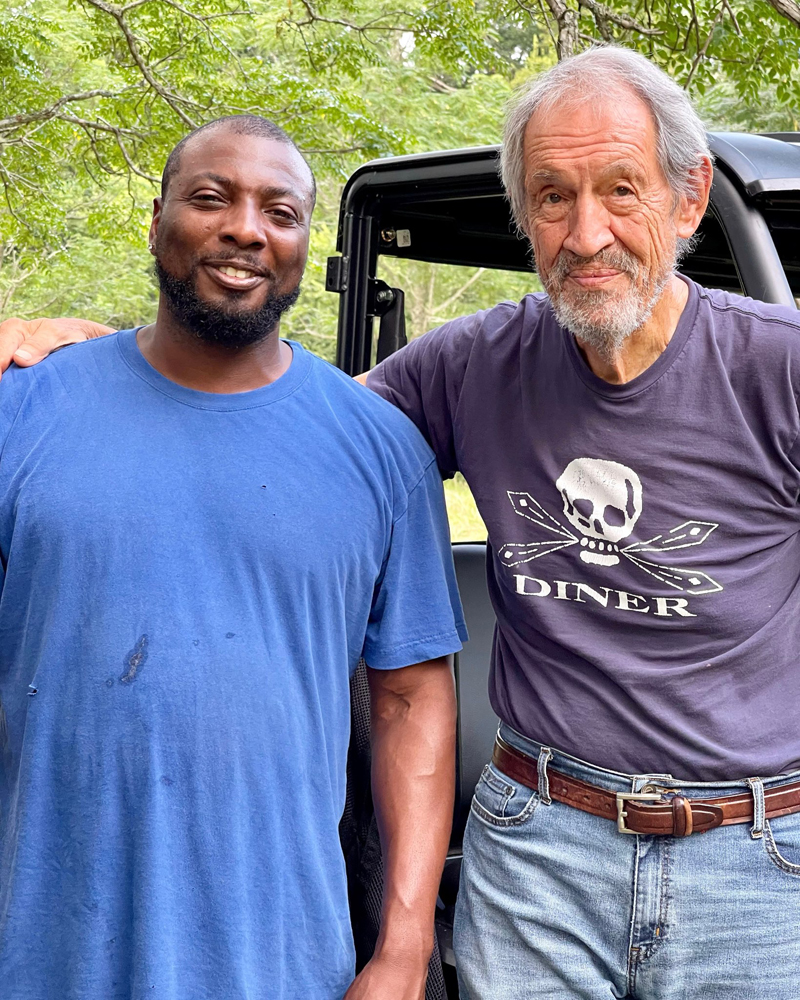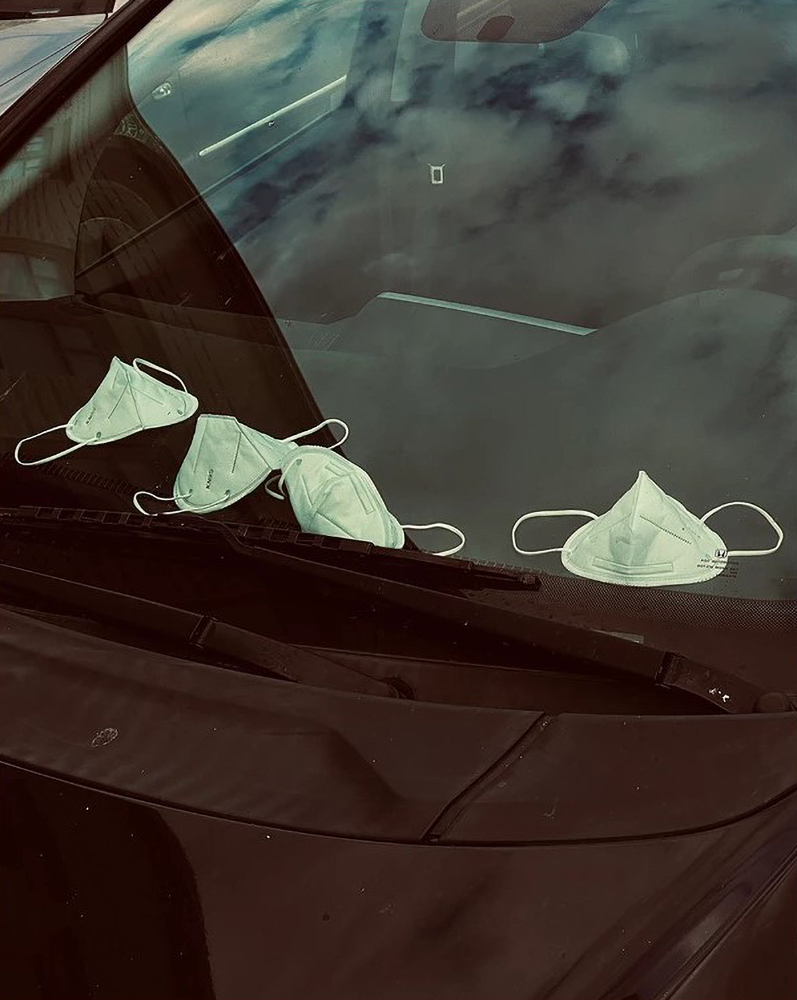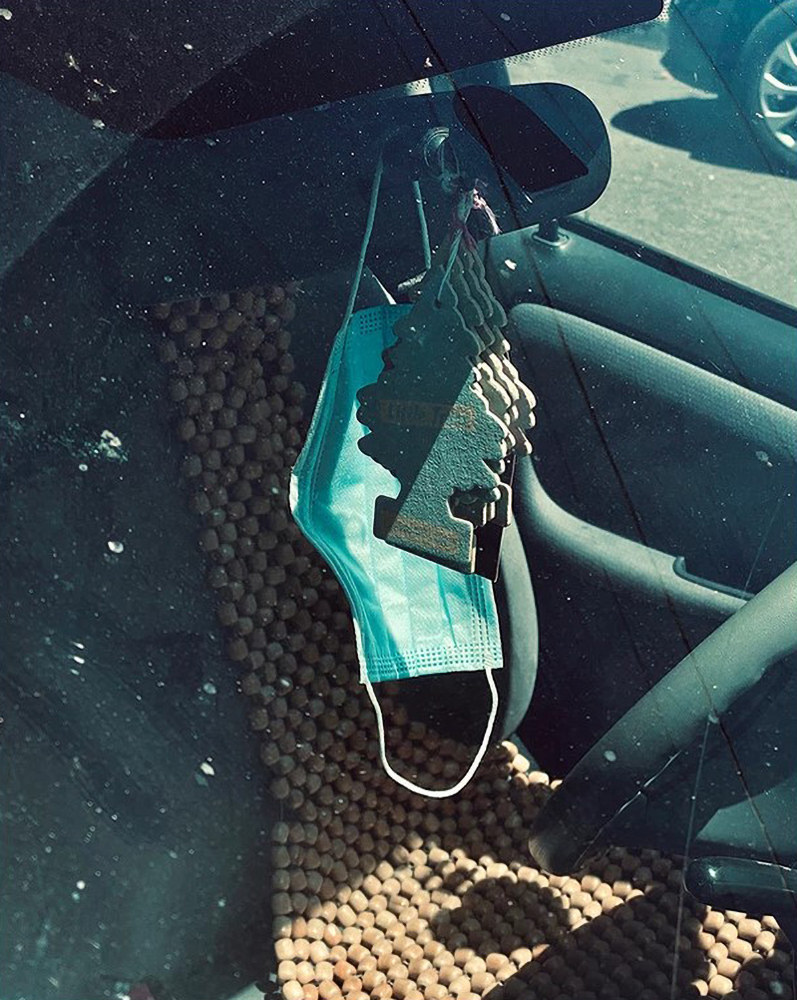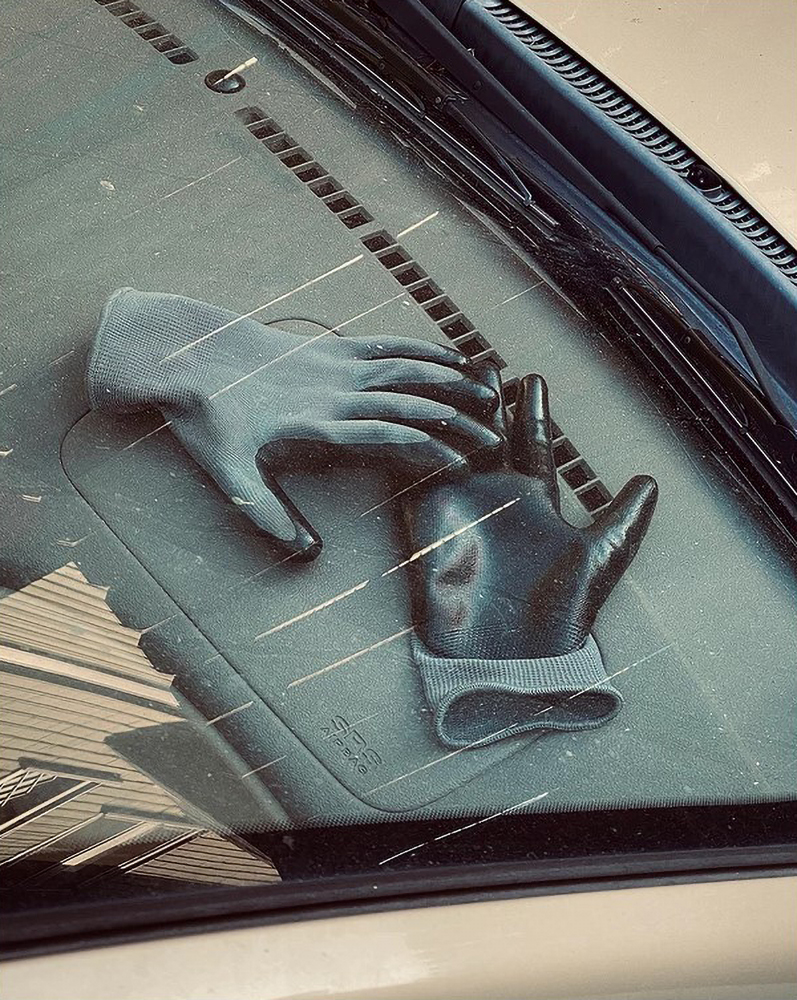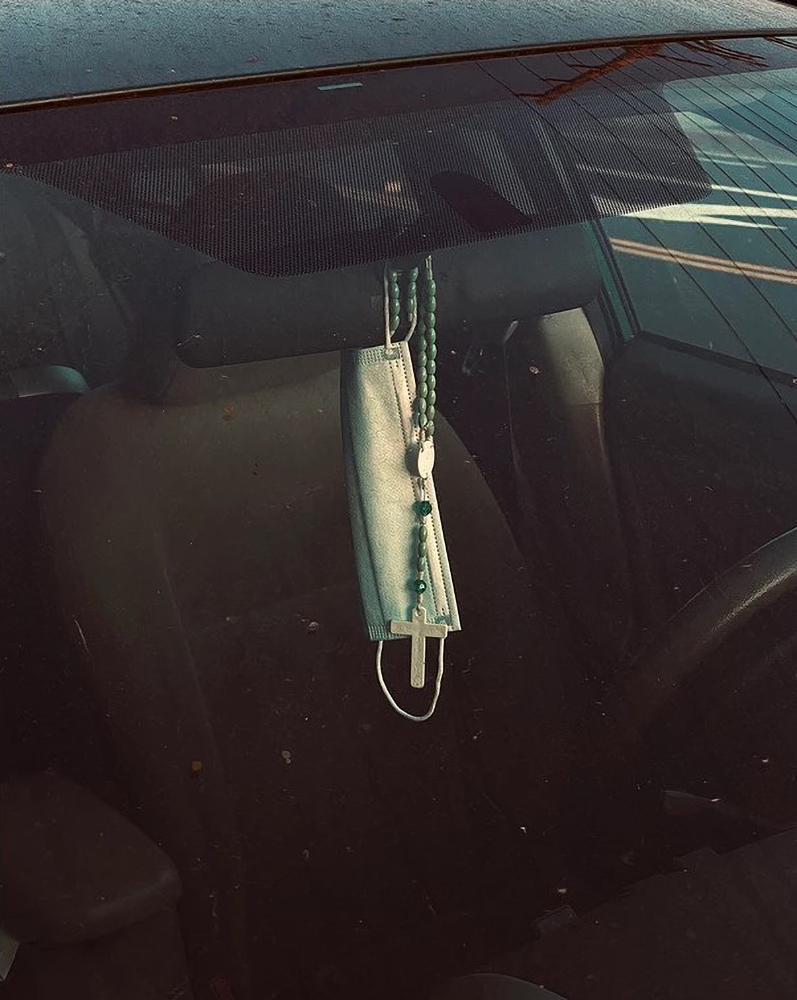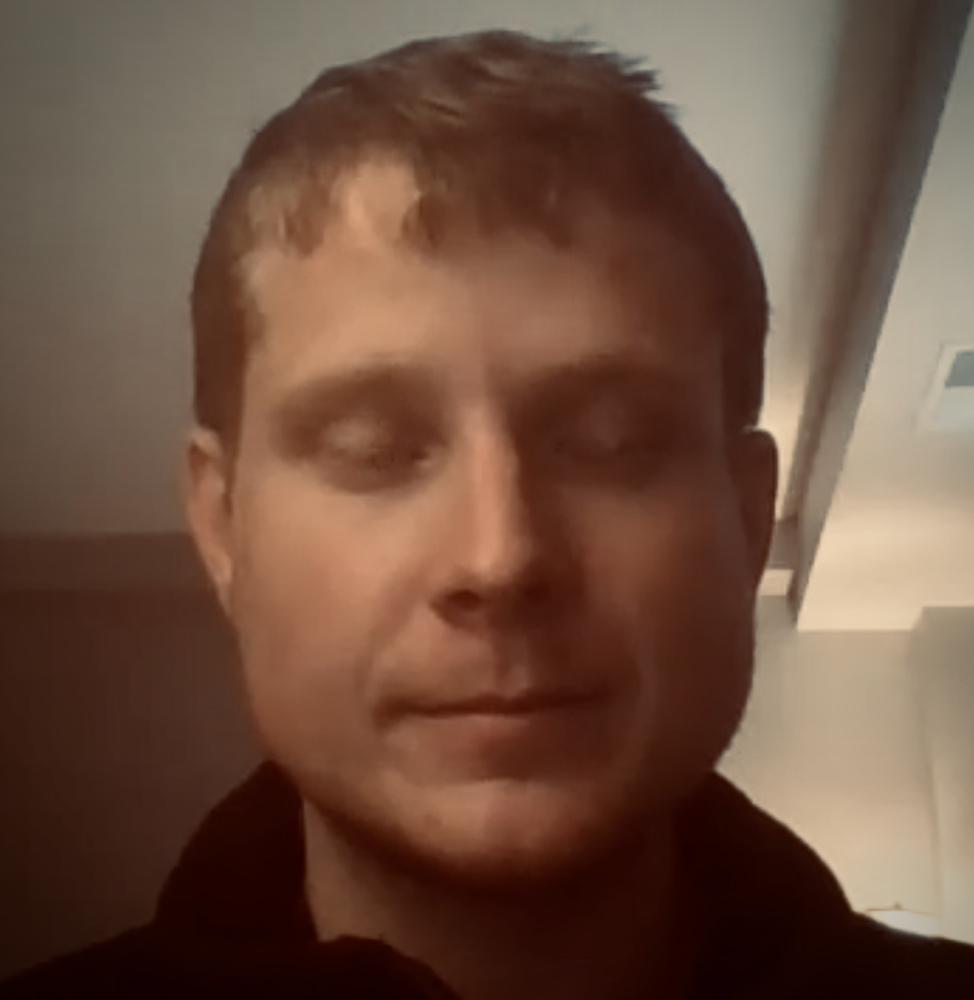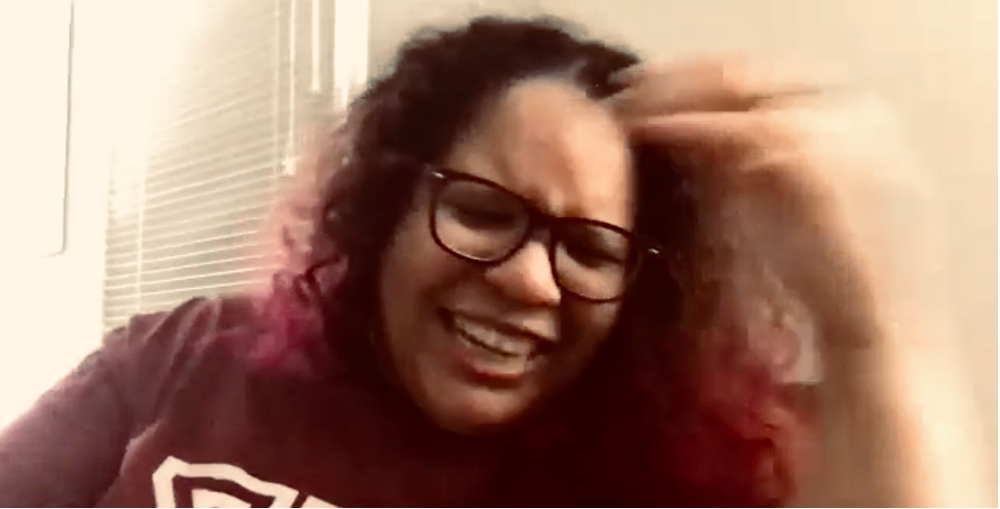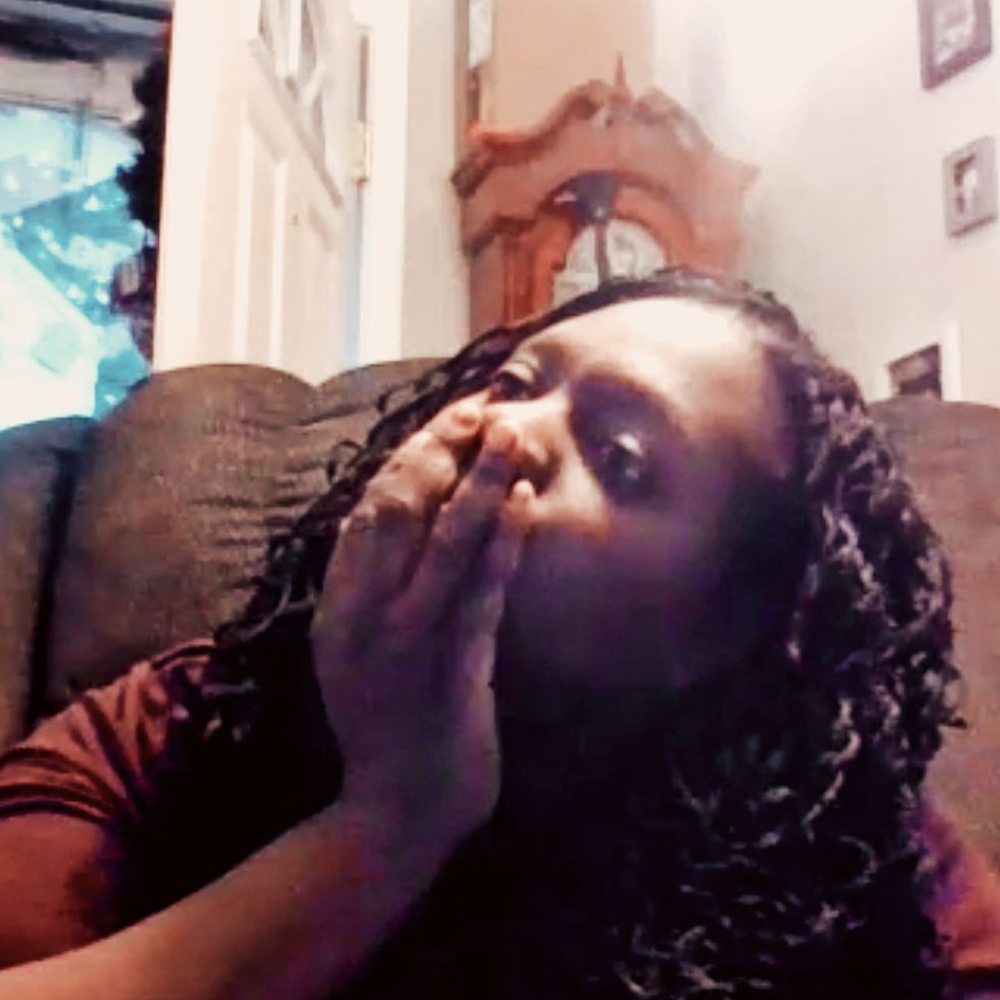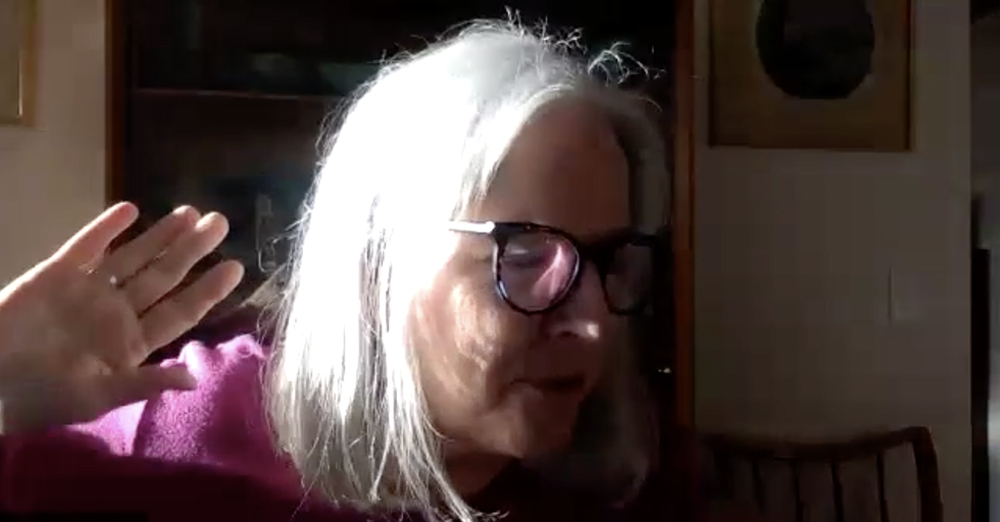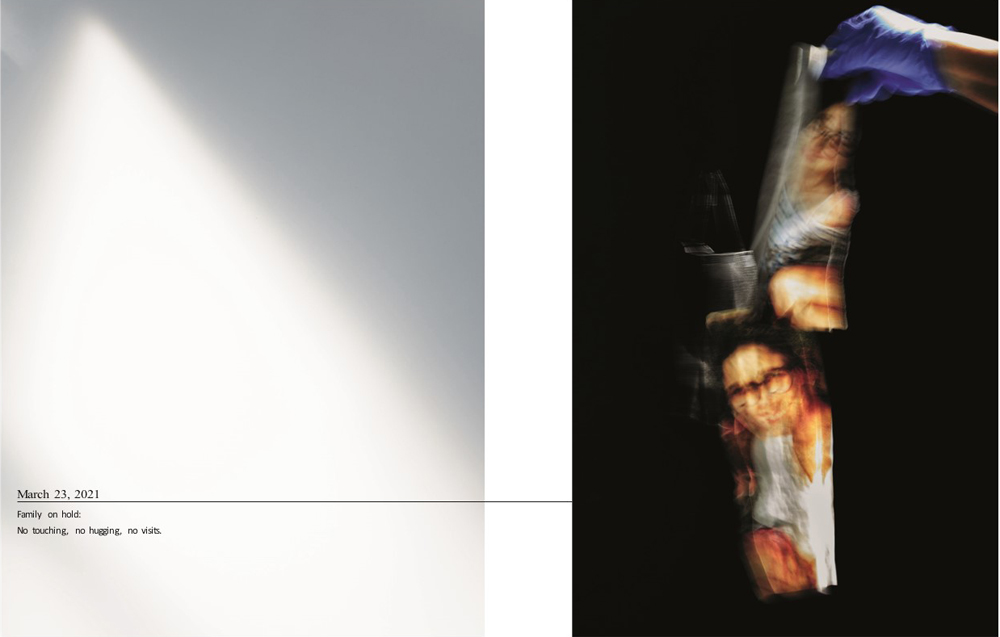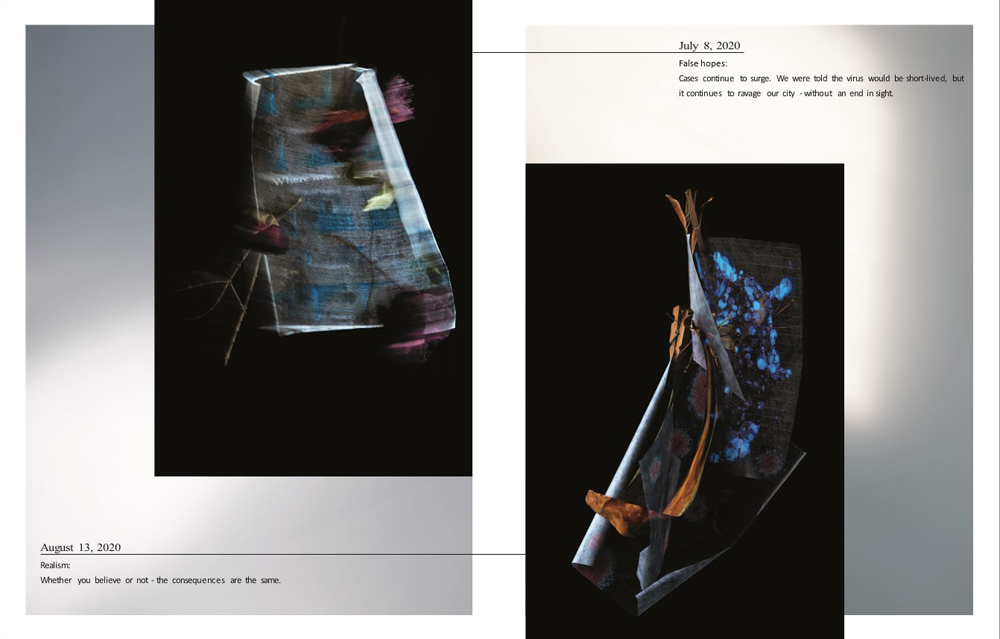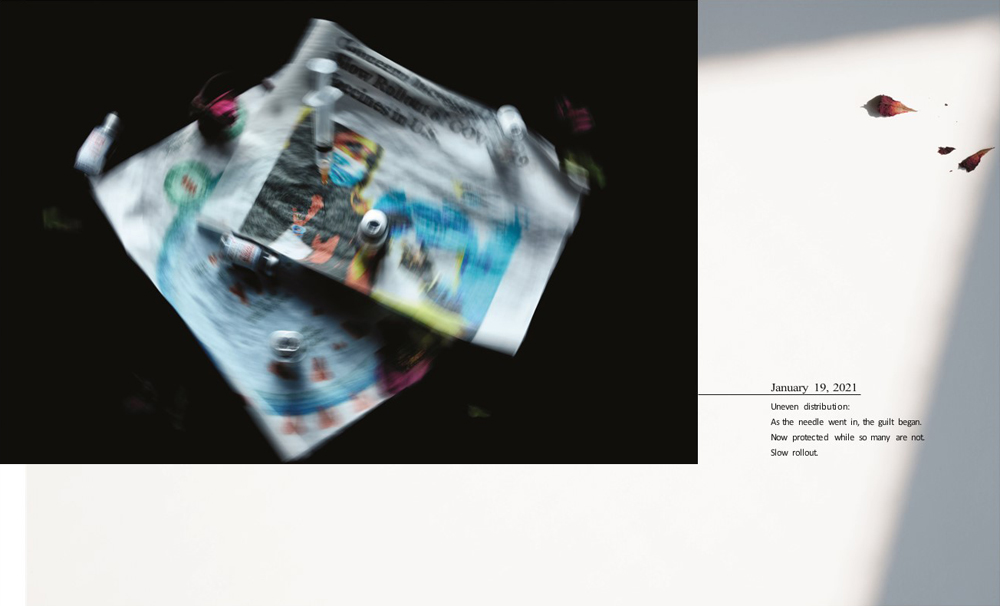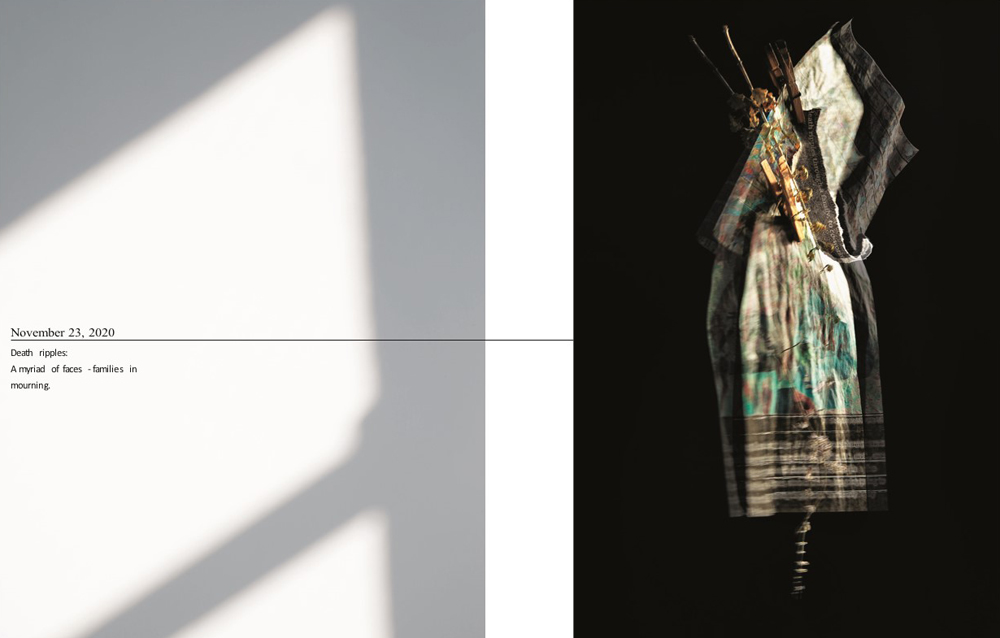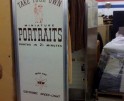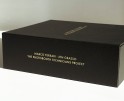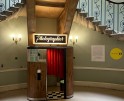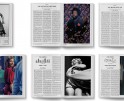Getting Stopped & Getting Started: Again & Again
The impediment to action advances action. What stands in the way becomes the way. – Marcus Aurelius
We are living in the right times to take up stoic philosophy. Unless you’ve been living in a cave you have no need for me to recite the litany of near apocalyptic horsemen that fate has visited upon us in recent years. What I have to say here, in stoic terms, could apply to any of these challenges. But, I am honing in here on just one, the Covid pandemic. To give some context to the story I’ll begin on a personal note. I have no doubt that your own personal Covid stories, whether yours or those in your circle, may well be broader, deeper or worse than my own. But, I know my own well and they are illustrative of how one gets stopped, gets started and gets stopped again. And I’m learning something about that and want to share how, with some elbow grease, gumption and good fortune we get started again. And with each renewal we may perhaps become a little stronger or wiser.
My most recent Covid reboot came after I contracted my first case of the virus in early May this year after attending a photo festival across the country. I was fully boosted, I masked and I felt invincible. Wrong. I mentioned briefly my scrape with the illness in my last column here in Lenscratch. But, what I didn’t share with you in the column was that that column was the first piece of substantive work I had been able to complete in a month. For nearly two months now I’ve had to baby step my way back to a semblance of a full working schedule.
My Covid bout was just my most recent personal turn in the pandemic barrel. I lost my mother to Covid in 2021. In 2020 my father who is 90 and has dementia came to live full time with us as he lost his partner to the disease. Finding sitters in rural Georgia in Covid times for fragile elders really takes something. And as a family we were able to pull it off. We found wonderful new friends who are as loving to us and my father as any family I’ve ever known.
This was not a journey I sought or expected. I was not prepared for it. In fact I was upset and unhappy that this was my lot. Taking over my father’s care felt overwhelming and I was stopped in my tracks. How can I pick up this new responsibility and continue my other projects and plans? I couldn’t. Something had to give and I would have to make big adjustments. I’ve learned much from that experience and I have a relationship with my father now (it was always good) that is truly extraordinary and this has informed many deep changes in how I see what it is to live a full life.
In the half-hour since I sat down to write this essay I’ve received a text from my daughter who is vacationing in Montana with her husband and her two daughters, 7 and 10. They live next door to us out in the country and we are all very close. Despite being maximally vaccinated and boosted and masked throughout their journey they have both just come down with Covid for the first time. This was not precisely the unforgettable and wonderful family experience they bargained for. But, certainly it will be unforgettable. How will they create something out of this and not be stopped any longer than necessary? So how do we as creatives, and just even at a basic human level, respond to getting stopped?
One powerful path that I’m examining here is the stoic approach quoted above – let the obstacle become the way. For me, taking on the day to day care for my father placed me in a cheek to jowl alignment with him that gave me a daily intimate contact with a figure of ironic strength in his vulnerability and a kind of rare beauty that is out of step with most current norms. I’ve never been much of a portrait photographer, but I began a photography project of documenting him and our shared lives together. I got great relief from having a way of rewarding my creative impulse with these new actions as I gave up other projects that were no longer obtainable at this time. My pivot to more writing recently is another direct response to the loss of travel, lecturing, workshops and other more social and group driven activities that I love. These responses are just a few that I see have evolved for me personally. I am learning from this that the precise nature of the action taken in the dance with the obstacle that arises is less important that the intentional and daring fact of a responsive action of some kind.
In these days of pandemic I have seen and learned from dozens of creatives who are flourishing and driving their work to new heights of performance fueled by that idea that while stopped they will start again and they swing their embrace into the very obstacle that stops them. I will look briefly at three beautiful examples that I’ve encountered in the past year that resonated with me in exciting and different ways. In each case the photographer was inspired by some aspect of the Covid experience to create a powerful, publishable visual essay. If you are moved by these projects I encourage you to visit their websites and discover more about their work and these projects.
Trevor Traynor’s DIS.POSED examined the three block radius around his home. While in lockdown in LA in 2020 his only outings were his daily walk with his dog Rocco. He used the detritus of Covid materials – masks, gloves and such (remember the early days when we sprayed our groceries) to conjure the ‘thrown about in the wind’ feeling we all had as we coped with uncertain and deadly times in our walkabout world. Trevor collaborated with a designer and self-published a beautiful newsprint publication of the project which has been very successful. I have my copy! Trevor’s words are eloquent as he speaks about DIS.POSED: “This series is a historical time stamp. These photos are a daily reminder of the loss, the hardship, the political divide and the surreality that has overtaken all of our lives. These simple pieces of plastic, cloth and paper symbolize so much more than the virus – they represent the metaphor that united and defined us all in 2020. Disposable masks and gloves have now joined the pantheon of styrofoam cups and plastic straws as our unintended legacy. The challenge remains the same. we need to treat people and our planet with more love and respect.”
Trevor, his editorial and commercial work having pulled back, leaned into the small sliver of personal outings that were available to him and discovered a way of expression that would become a historical time map and lead to a publication. He pivoted into the arms of his obstacle, took action and found a way forward.
Jeff Sharlet is an internationally acclaimed writer and professor of English at Dartmouth College and writes frequently for leading journals such as Esquire, Vanity Fair, Harper’s and many others. Increasingly Jeff is being recognized as an important visual story teller as his recent publication “This Brilliant Darkness: A Book of Strangers” will attest. Jeff excels at blending powerfully the written word and photographs. On March 10, 2021, Esquire Magazine published one of the most moving articles to appear anywhere during the heart of the pandemic. It was Jeff’s work and he entitled it “The Tender Song”. I hope you will find time to read it someday. He opens the piece with these lines; “The dead tonight, as I write, number 317,816. A figure too big to grasp but one that’ll seem small when you read this. Just a snapshot, a screen grab, to mark that which is passing. All we can do is say, ‘This is what loss feels like now,’ and then, again, moments later (two dead a minute): ‘Now’ … ‘317,818’ ….’317,820.’”
For his piece Jeff interviewed via Zoom (the then newly emerging coin of the realm in pandemic communication) dozens of subjects about the losses they were experiencing. He got permission to take portraits as they appeared via Zoom on his screen. The resulting images capture a ‘right in the moment’ gestalt of that ‘seeing you on Zoom’ feeling – a kind of rib pulled from the skeleton of those times. They are hauntingly real and authentic and I predict will have long lasting relevance. Speaking to Jeff about how they came about was interesting. He had no preconceived notion of how they might work. He was just on the dance floor exploring and learning about what was happening in people’s lives and he stumbled onto this special way of portraying folks in a time of Covid losses that was a true artifact of where he and they found themselves – together-apart on Zoom. Again, for Jeff, the obstacle became the way. He couldn’t physically be with his subjects but he could be with them virtually through Zoom. And the device (the limitation) itself offered a way to speak to the experience. He had to be open to that to see it. And he was.
Finally, I’ll end with a way of working with Covid that the artist and photographer Beth Galton invented for herself as a kind of meditative, almost spiritual practice to get through the many months of lock down that was her world in Manhattan. Full disclosure, I discovered Beth and this work at Photolucida this year and my independent press, Fall Line, plans to bring it to life in book form hopefully next year. In March 2020 Beth turned her immense talent as an artist and photographer to producing “Covid Diaries” when she could no longer access her studio. In the early spring of 2020 her home in NYC had become the epicenter of the pandemic. Without her studio but undeterred she created a small shooting set next to a window in her apartment and set to work embracing the obstacle. An avid reader of The New York Times and Washington Post she began to create and photograph collages from news scraps and botanicals and other materials sourced from the world she could still reach into. The result is a highly emotionally revealing and thoughtful internal voyage that puts a personal human face to the statistics, charts and news headlines that flowed into our collective lives at that time. With each collage she presents the date and a small but powerful short text that adds additional context and power to the work. Reading “Covid Diaries” feels like we’re given a precious private path into one person’s emotional experience through a daunting and perilous passage of her life.
What these projects reveal when considered together is the indomitable capacity of a human being to overcome through actions of self-expression, grace and courage the many obstacles — even enormous ones — that life will inevitable bring our way. Please look around you and see all the many other examples in your own lives and those of your family, friends and neighbors that exemplify this process of finding the way above and beyond the obstacle by engaging with the obstacle. And hang on to that practice when you get stopped. Put that to good use as you get started again and again. As I know you will.
Post Scriptum
I want to thank the artists included above for their generous permission to use their photographs and their example for this essay. I admire and stand in awe of their talent and courage in the face of all odds.
William Boling is an artist, writer, and photographer. In 2012, Boling founded Fall Line Press, an independent publishing house for photo and art books based in Atlanta, Georgia. Boling lives with his family on a small farm near Milledgeville, Georgia where he specializes in near misses. Read more of his writing and connect with him @wboling, @patientletters and through www.falllinepress.com. For more in-depth writing on photography, please follow patient.letters@
Posts on Lenscratch may not be reproduced without the permission of the Lenscratch staff and the photographer.
Recommended
-
Spotlight on the Photographic Arts Council Los AngelesNovember 23rd, 2025
-
100 Years of the Photobooth: Celebrating Vintage Analog PhotoboothsNovember 12th, 2025
-
100 Years of the Photobooth: The Photobooth Technicians ProjectNovember 11th, 2025
-
100 Years of the Photobooth: Rafael Hortala-Vallve: AUTOFOTONovember 10th, 2025
-
BEYOND THE PHOTOGRAPH: Q&A WITH PHOTO EDITOR JESSIE WENDER, THE NEW YORK TIMESAugust 22nd, 2025

